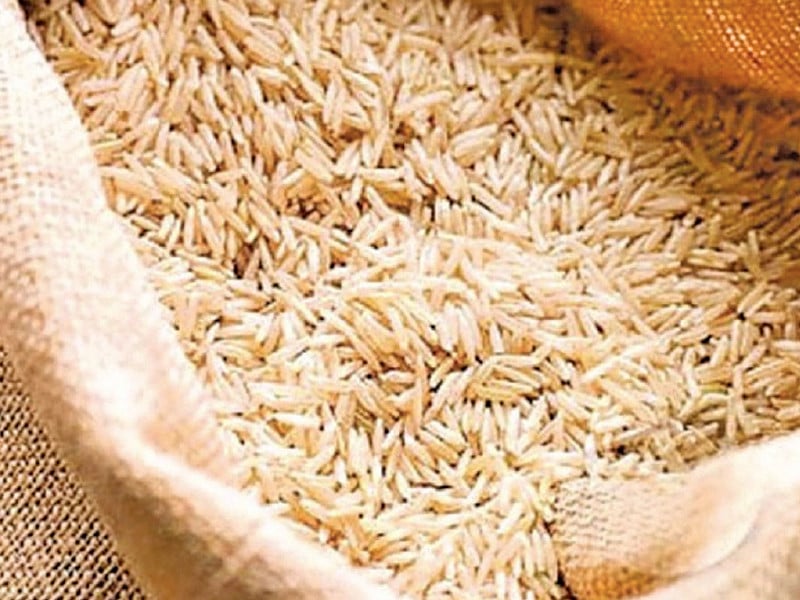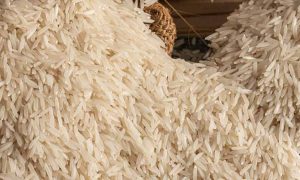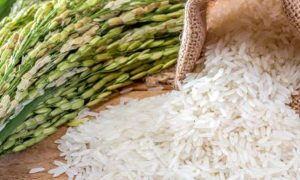Basmati rice: the new authenticity rules aiming to remove sub-standard varieties from the market

Basmati rice, renowned for its unique fragrance, faces quality issues in the UK due to new varieties lacking the distinctive aroma. India produces most of the world’s basmati, with the UK importing 3% and significant amounts from Pakistan. New regulations in 2023 aim to address these issues by removing sub-standard varieties and enforcing traditional quality standards.
Basmati is the most popular speciality rice in the UK, adding extra flavour and subtlety to everything from curries to pilafs to kedgerees. Nearly three-quarters of the world’s basmati is produced in India, and the UK buys 3% of it – plus substantial amounts from the second-largest producer, Pakistan.
All has not been well with this delicious staple, however. A huge number of newly cultivated varieties have been permitted in the UK and EU since 2017, and some have turned out to be sub-standard, lacking the unique popcorn-like fragrance that helps to make this rice so sought after.
New rules are being introduced at the beginning of 2023 that aim to take these lesser varieties of basmati off the market. So will this solve the problem?
Basmati and the code of practice
Basmati rice has been cultivated for thousands of years in the fertile alluvial plains between the Indus and Ganges rivers. To qualify as basmati, grains must meet certain standards related to things like fragrance, grain length and width, as well as cooked texture. They must also have a mid-range level of amylose, a part of the starch in rice.
Fraudsters nevertheless became notorious for cutting basmati with lesser rice grains, drawn by the fact that it is up to 50% more expensive per kilo. Several decades ago, it wasn’t uncommon for imported basmati to be more than 50% impure.
To get around this problem, the UK Rice Association introduced a code of practice in 2005. Also followed across the EU, the code specified that basmati could be no more than 7% impure, as well as introducing a list of 15 permitted varieties: nine traditional ones that could be imported duty free and a further six that were modern cultivars. We at Bangor University devised the system of DNA fingerprinting that is used to enforce the code and has sometimes led to prosecutions for infringements.
The system worked well until 2017, when the code was updated to add 25 new modern cultivars. This followed an explosion in new breeding in the 2000s and 2010s to address the problem that traditional basmati varieties are tall, low-yielding plants which fall over if they are fed with too much fertiliser. Breeders overcame this by using crossing and selection to add the so-called “green revolution” semi-dwarfing gene, which is also bred into most other modern rice varieties.
India and Pakistan had successfully persuaded the UK and EU that these 25 new varieties were as high in quality as the existing 16, but several years later we were able to show that this wasn’t entirely right.
By developing alternative DNA markers for fingerprinting, we showed that six of the new varieties – five from India and one from Pakistan – had not been properly bred for fragrance. Some did not even contain the version of the BADH2 gene that makes basmati fragrance possible in the first place. Although India and Pakistan have rigorous systems for testing rice quality, they don’t necessarily do the gene testing that would have picked up the problem.
Source Link : https://uk.finance.yahoo.com/news/basmati-rice-authenticity-rules-aiming-113228632.html














